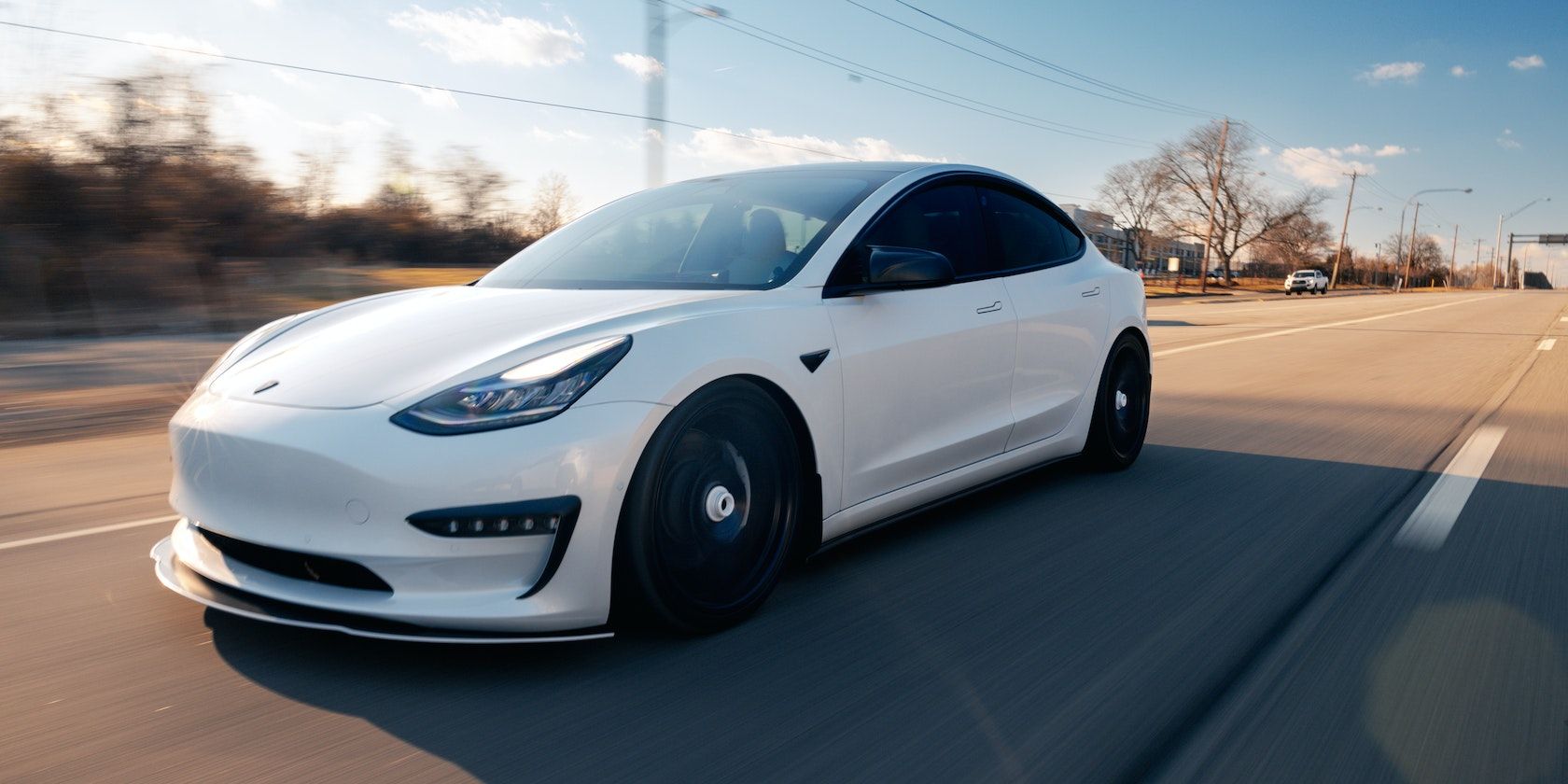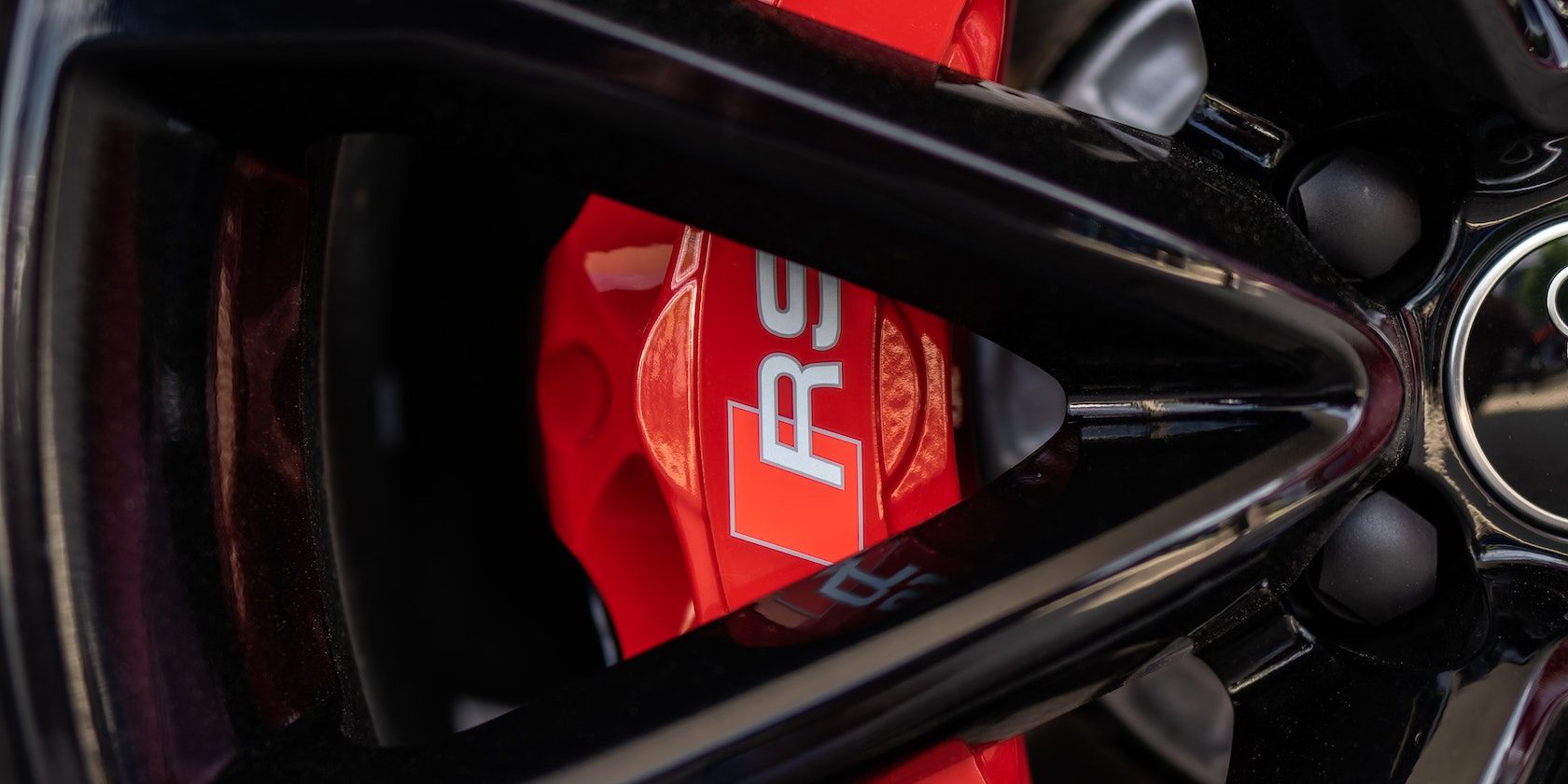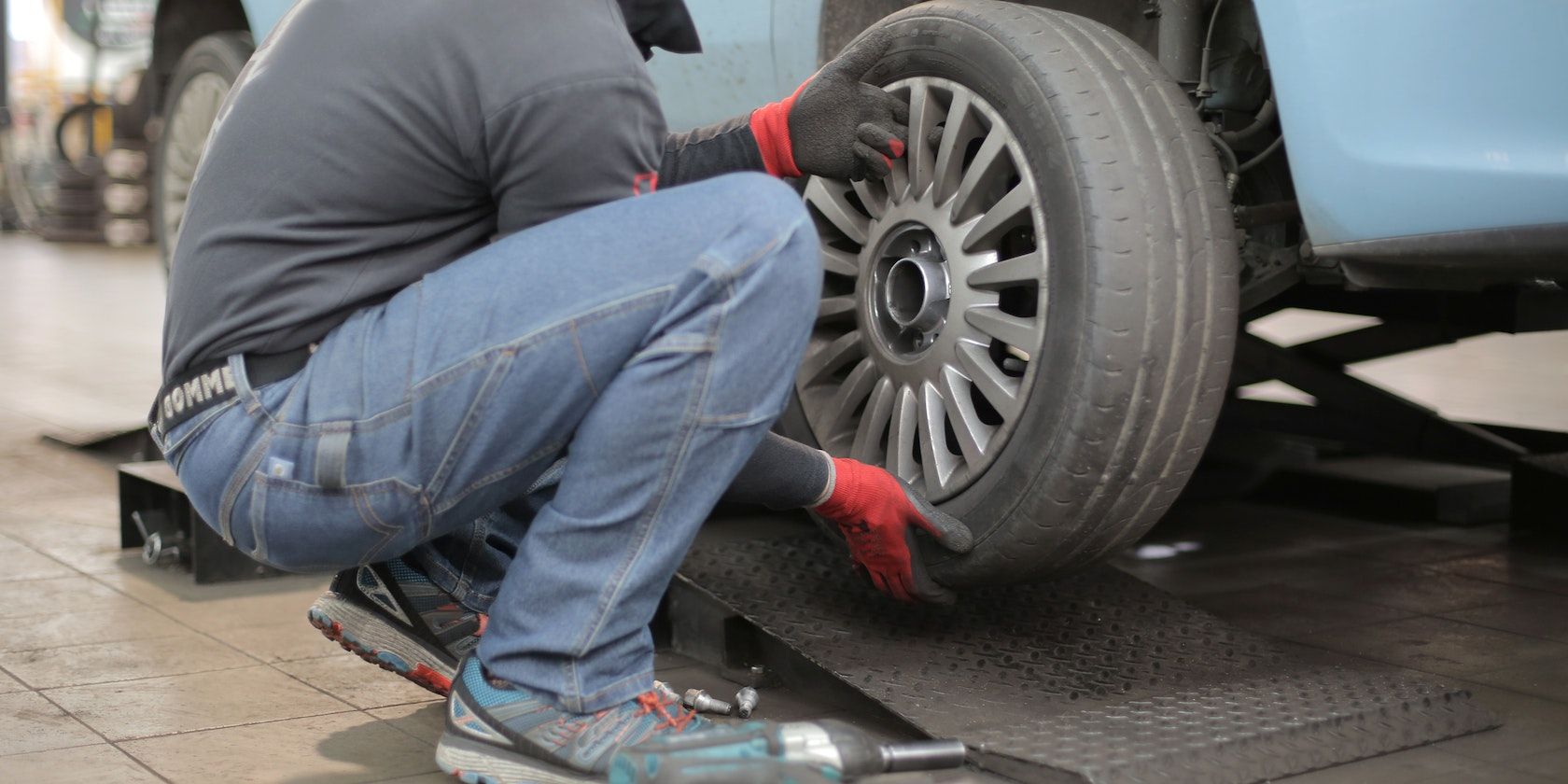If you're not an expert EV mechanic, electric vehicles might seem as if they're too sophisticated to be meddled with, and well, the truth is they are. Although electric cars have fewer parts than a typical internal combustion engine (or ICE) car, they are designed so that only trained mechanics know how to repair or fully service them.
Despite that, there are still some parts of an EV you can maintain yourself at home. These EV parts are also found in ordinary combustion engine cars, so servicing them is no different, even if installed on electric cars. So, these are the EV car parts you can change in your garage.
1. Brake Pads
Nearly all EVs use regenerative braking, but regenerative brakes alone aren't strong enough to stop a heavy EV. That's why all EVs still have hydraulic brakes like those used in combustion engine cars.
Depending on usage, the pads on the hydraulic brake eventually get worn down. Once brake pads wear down and near their end, you might hear your car whistling when you brake.
On average, the lifespan of the brake pads on your EV is 70,000 km or 45,000 miles. It's worth noting that this is nearly thrice the life span of the brake pads on a combustion engine car—primarily because the regenerative braking helps take some burden off the traditional brake pads.
Changing the brake pads on your EV is something you can do at home, and you don't need any crazy equipment for it. It's best to get a disc brake tool kit, though, as it will be handy when you want to widen the brake caliper to house the thicker new pads.
2. Tires
You might have guessed this one—electric vehicles don't use electric tires. They're just the same rubber you see on combustion engine cars.
However, since EVs are heavier than most combustion engine cars and deliver instant torque, your EV's tires are likely to have increased wear compared to ICE-powered cars. If your tires are worn down, your vehicle will lose traction—affecting acceleration and braking distance.
Check whether your tires have enough tread on them by putting a penny in the thickest part with Lincoln (or whoever is on the coin you're using) facing you. If you can see the top of Lincoln's head appear above the tire, you should replace it immediately. In other words, the tread should be at least 16 millimeters deep—if you haven't got a penny, find an alternative that lets you measure this.
All you need to change your tires are a jack to raise the car, a jack stand to safely keep the vehicle at that height, and a wrench that fits the lug nuts on your wheels. As mentioned before, EVs put extra toil on the tires, so we recommend you use tires designed for EVs.
3. Windshield Wiper Blades
Although driving an EV differs from driving an ICE vehicle, the windshield-wiping experience is the same. The wiper stalks generally function similarly and use the same materials most petrol cars use. Thus, your EV's wiper blades are another EV part you can serve at home.
The blades are the part of the windshield wipers that are actually in contact with the windshield. Naturally, these blades get worn down and stop functioning as they should.
Once the windshield wiper blades on your EV wear down, the wiper might not clean the windshield as it should. Instead, it can make things even worse by smearing everything on the windshield. This is annoying at best and dangerous at worst, as it critically reduces your vision, especially when light from other sources glows on your windshield.
You don't need special tools to replace the wiper blades on your EV. The mechanism for ejecting and mounting new wiper blades varies depending on your EV's model, but most of the time, you can do it with your hands or a flathead screwdriver.
Take Care of Your EV
Since EVs have fewer moving parts, they need less servicing than combustion engines. Nevertheless, you still need to maintain it. But because the components in an EV's powertrain are sealed and sophisticated, you should leave most of the servicing to trained EV experts.
That said, there are still a few parts that you can service all by yourself without advanced tools. These parts are identical between EVs and combustion engine cars, so they should be familiar and easier to service, even if you don't have much experience working on electric vehicles.




